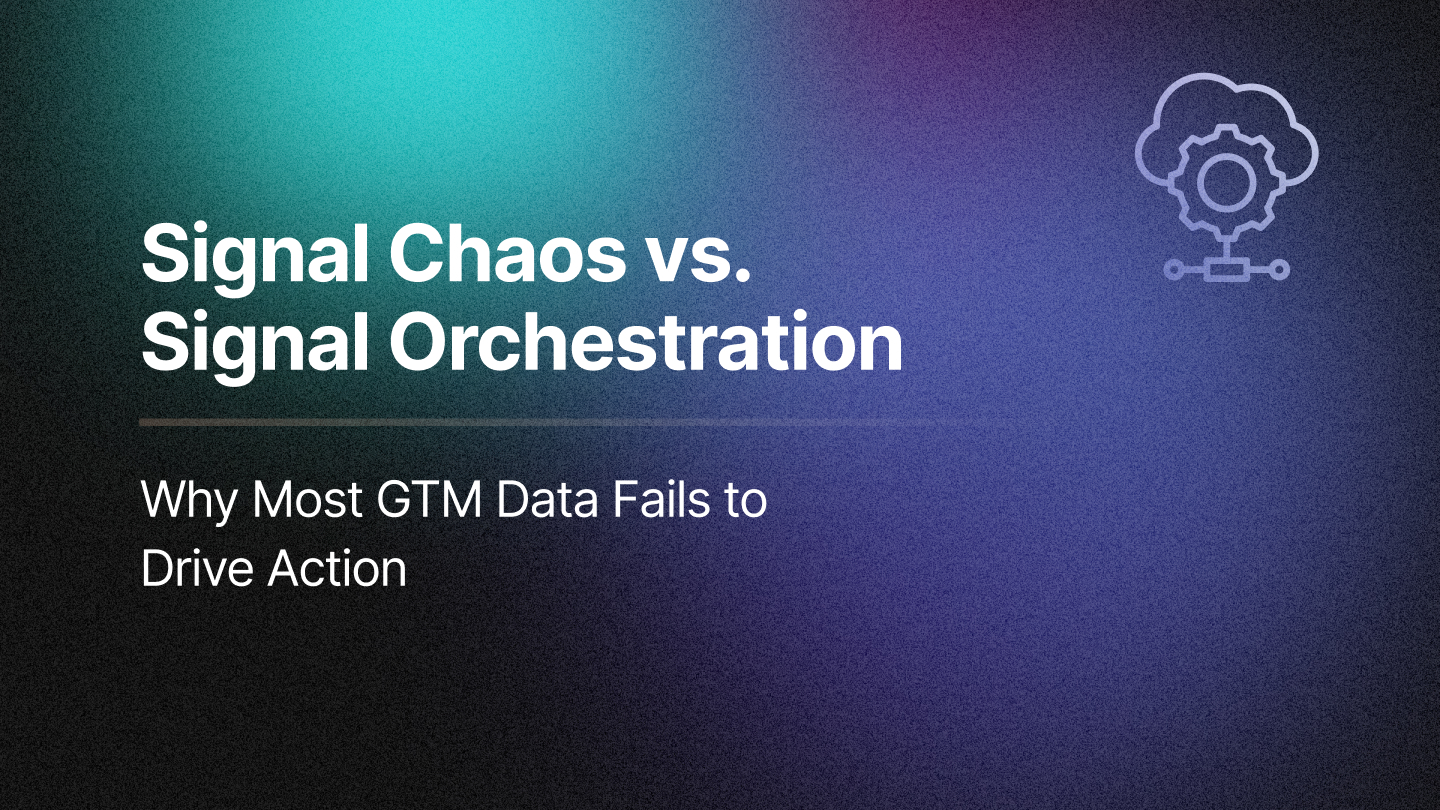What is Deep Funnel Optimization?
In deep funnel optimization, marketers dive into the nitty-gritty of post-lead generation interactions, and it is not just about the top-of-funnel! We are talking about the middle and bottom stages of the funnel, where all the real action happens. By capturing every tiny detail of how prospects engage and interact with your brand, marketers can tweak their strategies to influence buyer behavior. Now the question is, why deep funnel optimization?
- Enhanced Attribution Accuracy: Traditional attribution models often provide a limited view by focusing on early-stage interactions. Deep funnel optimization offers a more comprehensive perspective, accounting for every touchpoint a prospect has with your brand.
- Improved Targeting: Understanding which actions and touchpoints are most influential in driving conversions allows marketers to curate their strategies effectively. Adobe Digital Trends Report highlighted that businesses using sophisticated targeting and personalization strategies saw conversion rates increase by as much as 20%.
- Higher Conversion Rates: Identifying and addressing bottlenecks within the sales funnel can streamline the buyer journey. It reduces friction and enhances the overall experience, leading to higher conversion rates and a more efficient sales process.
Steps to Implement Deep Funnel Optimization
1. Identify Key Events: Start by mapping the entire buyer journey, identifying key touchpoints and interactions from initial contact to final conversion.
2. Capture and Integrate Data: Use CRM systems, marketing automation platforms, and analytics tools to capture data on these interactions. Integrate this data into a cohesive view for better analysis.
3. Assign Values to Interactions: Not all interactions are equal. Assign values to different events based on their importance and impact on the buyer journey. For example, a product demo might carry more weight than a content download.
4. Leverage AI/ML: Utilize advanced analytics and machine learning to analyze the data and identify patterns. You will get insights into most-effective interactions and how they influence the buyer's decision-making process.
5. Feed Data Back to Ad Platforms: Platforms like Google and Facebook offer tools to integrate offline conversion data. By feeding detailed interaction data to these platforms, you can enhance their targeting algorithms, leading to more effective ad spend and better results.
6. Continuous Refinement: Deep funnel optimization is an ongoing process. Continuously test and refine your strategies based on the insights gained from your data. Experiment with different approaches and measure their impact on metrics.
Impact of Machine Learning on B2B Funnel Optimization
In the early days, B2B marketing was relatively straightforward. The primary goal was to get clicks on ads and hope that these clicks would translate into sales. However, this approach quickly became outdated with machine learning and data-driven marketing. Platforms like Google and Facebook revolutionized the way marketers approached demand generation. Their sophisticated algorithms could drive website traffic effortlessly, but getting clicks was no longer enough. The challenge shifted to converting these clicks into meaningful interactions and sales.
The Founder & CEO of RevSure, Deepinder Dhingra, interacted with Harry Hawk in a recent episode of the RevTalks Podcast about what businesses looking to implement deep funnel optimization should do. Harry offers practical advice on deep funnel optimization methodology while emphasizing the need for marketers to stay agile, continually testing and optimizing their strategies to stay ahead of the curve.
Check it out
RevSure Marketing Attribution Solution for Deep Funnel Optimization
RevSure Deep Funnel Attribution helps marketers in every industry gain full-funnel insight into every lead source, campaign, and channel. With our AI-powered solutions, you can decode the deep funnel by mapping every touchpoint and learning the best conversion paths. The solution enables you to optimize marketing results and scale up your best-converting campaigns, ensuring you get the most out of your marketing efforts.
- Custom Lead-scoring: RevSure’s custom lead-scoring model allows you to define a score based on offline events after an initial lead capture. Each funnel event has an associated $ value. The conversion here refers to both actual and synthetic conversion, i.e., when a lead moves through various stages of a funnel, it will score higher than a lead that dropped off from the top of the funnel, even if the lead did not convert.
- Write-back Scores: Ad systems like Google Ads and Meta Ads allow you to write these lead scores back to the source systems, which helps generate meaningful offline conversion data for each click of an ad. You can now use these scores to optimize your bidding strategy by reducing spending and improving lead quality.
Such optimization not only means that you will reach the right audience through your demand generation efforts but will eventually lead to reduced CPO and CAC, shorter deal cycles, and optimized spending, thus improving your overall marketing ROI. The positive effects of a good Deep Funnel Optimization strategy will be reflected in your downstream revenue funnel, making life easier for everyone across GTM.
Contact us to see a demo.
Deep funnel optimization is a game-changer for B2B marketing attribution. By looking beyond initial lead generation and focusing on the entire buyer journey, B2B marketing and revenue teams can get deeper insights, improve targeting, and increase conversion rates.
Related Blogs







